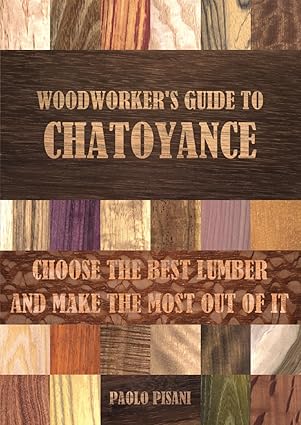Medullary rays appear as flecks when wood is quartersawn. These typically have their brightness peak out of phase with respect to the surrounding surface, so they look really evident when lighting the surface from different directions. Below some examples:










































































Want to know more? Get Woodworker’s Guide to Chatoyance!

Available on Amazon in 12 countries – just click on your flag below…
… and enjoy the read!











